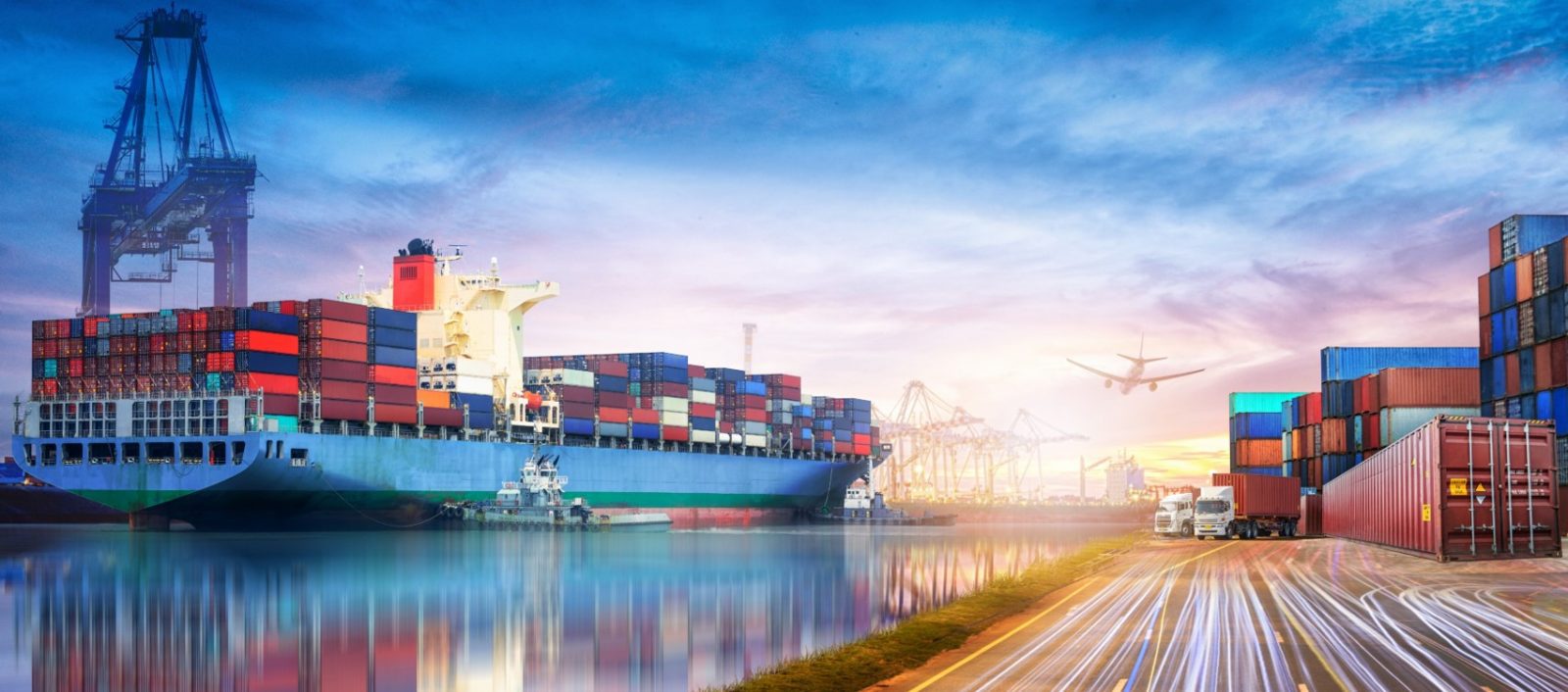Funds accumulated as investment fees collected in Russian seaports are planned to be used to finance projects in the Baltic and Caspian sea basins, Rosmorport said.
“Investment fees will be directed to various projects, both those that are already being implemented in the Baltic basin and those that will be launched next year in the Caspian basin. All our obligations will be fulfilled,” Sergey Pylin, Director General of Rosmorport, said this in an interview with journalists in response to a question from IAA PortNews.
He also noted that for the successful development of the maritime sector, it is necessary to increase the common port dues.
“We applied to the Federal Antimonopoly Service of Russia (FAS) with an initiative to increase regulated port dues for various reasons. This is due to both inflation and the fact that until 2022, port dues have not increased for six years. We believe that this is a necessary process for the industry to develop. Now the issue is under consideration by the FAS. We would like this to be considered by the end of the year,” Sergei Pylin said.
The investment fee mentioned above is charged in 13 seaports of the country. The amount of financing through the investment fee in 2021 was RUB 4 billion. The funds were directed to the projects in the ports of Ust-Luga, Vladivostok, Vanino and Pevek.
In November 2021, the FAS approved the indexation of dues rates collected in Russian seaports by FSUE Rosmorport for foreign vessels. The document provided for the indexation from January 1, 2022 of all rates (for foreign vessels and coastal vessels) of regulated port dues in 53 Russian seaports at a level not exceeding inflation of 3.4% of the rates in 2021.
It was noted that the port dues rates regulated by the FAS have not been indexed since 2016, and the rates for coastal ships have not been indexed since 2014.
In general, port dues account for less than 10% of the total cost of servicing a ship in a port, and more than 90% are non-regulated services, which, unlike port dues, are annually indexed or linked to the exchange rate.





